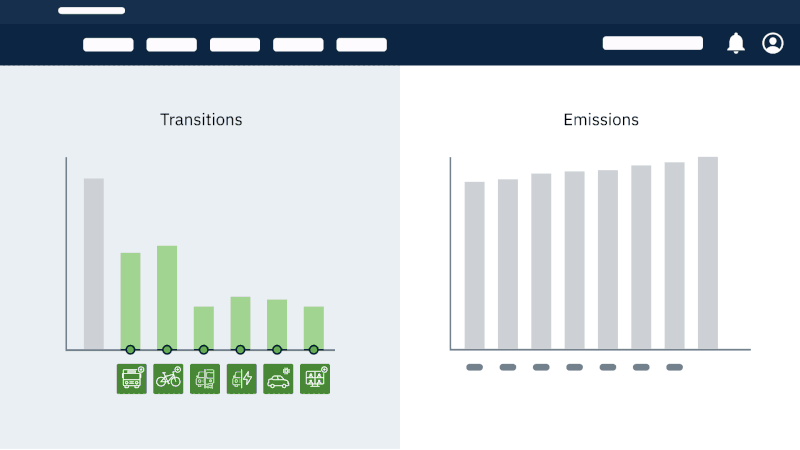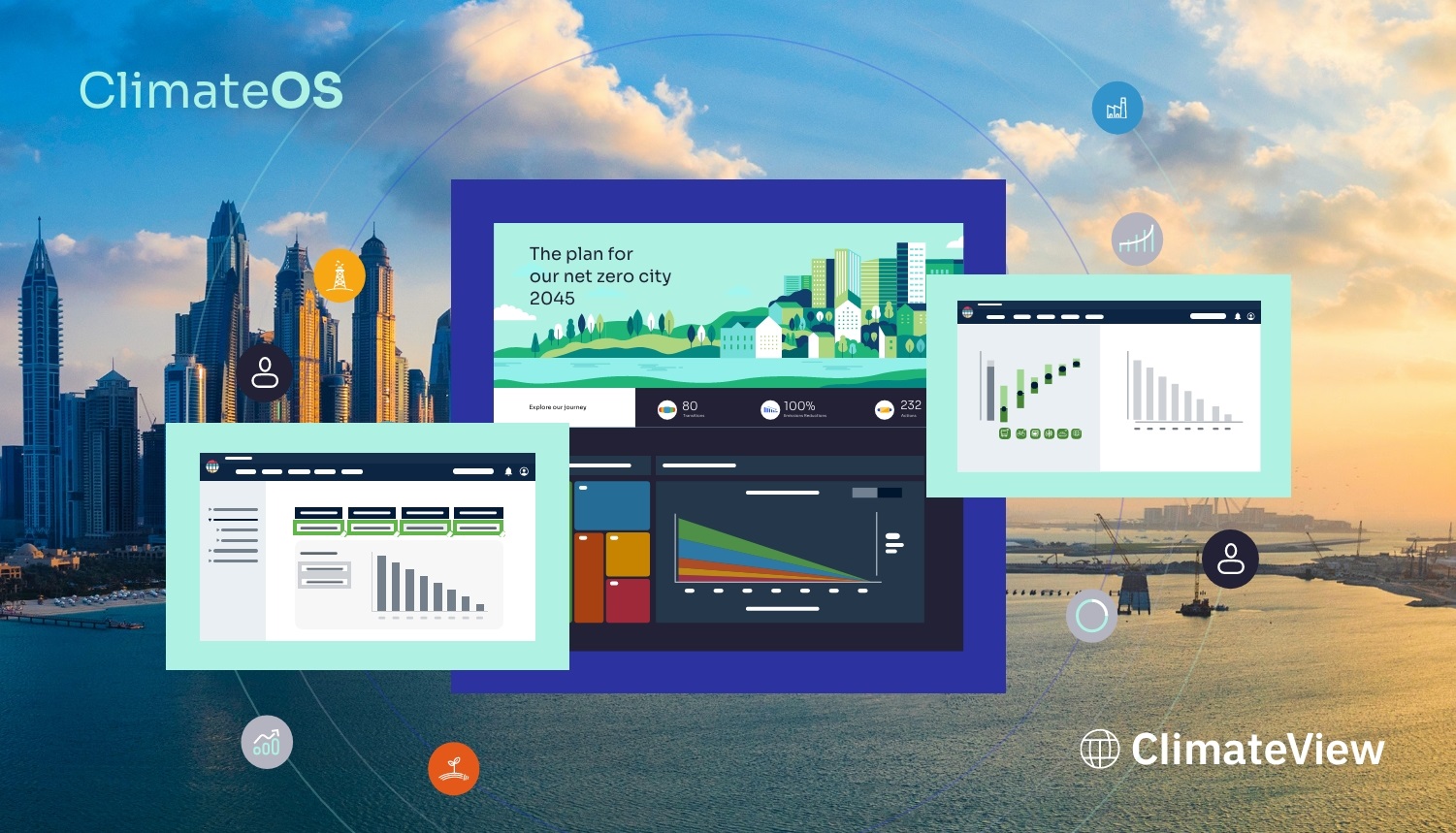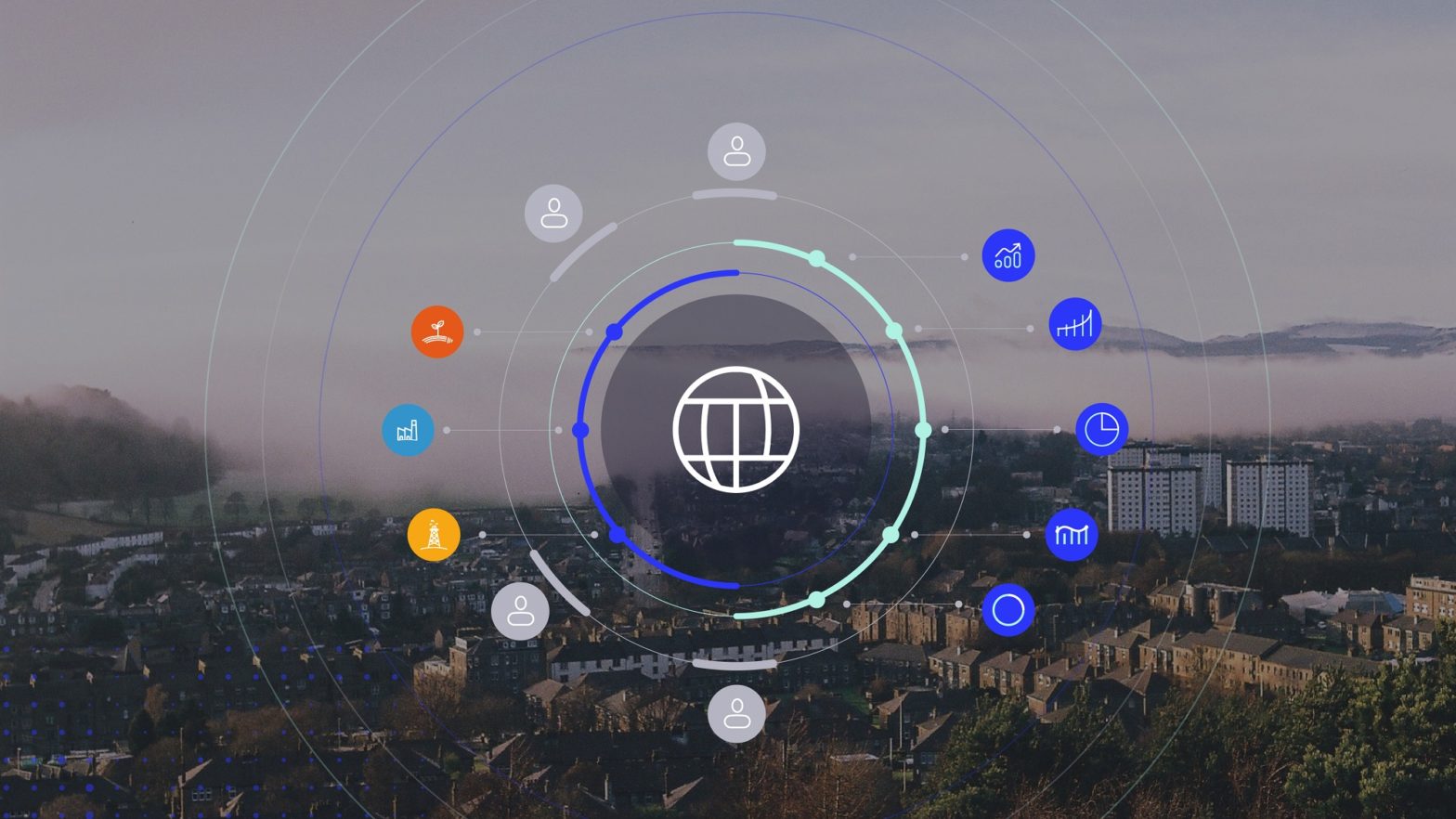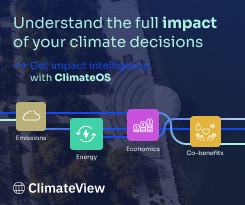
Digitalising climate planning: The future of climate action in cities
04 February 2022
Overcoming the challenges of climate action in cities is a matter of adopting better digital planning systems, says Tomer Shalit, Founder and CPO of ClimateView.
Cities have come a long way since the Paris Agreement. In six years, the number of cities disclosing their emissions has more than doubled, totalling 812 in 2020. Ahead of COP26, UN Secretary General Antonio Guterres stated that “cities are where the climate battle will largely be won or lost.” Yet, cities are relying on slow, out-of-date planning systems, like spreadsheets, to solve complex, interconnected and evolving climate challenges.
Of the 812 cities disclosing their emissions, 51 percent had no climate action plan in place in 2020, only 18 percent had set targets aligned with 1.5°C and just six percent had interim targets, attesting to the meagre state of climate planning globally. We need our cities to smarten up and build credible climate plans backed by investment.
The challenge for cities
The unfortunate reality is that most cities are under-equipped to tackle, and overwhelmed by, the challenge of drawing up credible net zero plans. Climate work is crippled by complexity and climate teams often lack resources, including money, time, staff, and expertise.
Cities’ economies are intricate systems and while we generally know what steps are needed for our cities to reduce emissions and transition into smart cities, this is not a simple process.
Planners need to foresee the unintended impacts of implementing multiple strategies across sectors that will impact their city. Additionally, they need to understand and decide the scale at which changes need to be made and factor in the financial and operational constraints of every single decision.
This makes analysis paralysis a very real predicament for city planners.
Give up the spreadsheet
Spreadsheets continue to be the main tool cities use to plan their transition. However, they have serious limitations. Not only are they hard to update, but they are also scattered and lack the functionality necessary to allow them to be used by multiple planners across departments and meeting rooms.
They also don’t make it easy to visualise the data, value chain and steps needed for the climate plan, making it difficult to bring together stakeholders, and show the ultimate stakeholders, the public, what is being done.
This makes spreadsheets a barrier to the clear connection of emissions to targets, targets to actions, and actions to the finance needed to implement the transition.
Can digital tools be part of the solution?
New digital tools have a very clear role to play in sorting through the complexity and streamlining processes of climate work. We have launched the world’s first transition decision-making platform: ClimateOS. It allows cities, for the first time ever, to manage these complex systems in one integrated, collaborative platform.

Already used by over 60 cities worldwide, the platform aids in the development of climate strategy by creating ‘a living climate action plan’ which is dynamically updated as new data comes in. This allows cities to monitor the impact of their activities, share progress and refine strategy in a cycle of continuous improvement.

All the data, technical and social interdependencies are available at a glance, providing meaningful insights into the transition, and significantly easing and accelerating the decision-making process for climate strategists. This also makes it far easier to track progress and engage with, explain to, and align stakeholders.
Through an easy-to-use interface, powered by smart mathematical models, climate strategists now, for the first time, get an integrated view of all their emissions, the impact of different policy decisions and, crucially, an understanding of how actions taken today would translate in the low carbon economy their smart city is heading for.
Not only does it help them understand emissions, build strategy, and create science-based targets, but it also enables collaboration and greater transparency, all the while significantly cutting workload and accelerating implementation of the transition.

The end result: collaborative, creative, intelligent systems for collaborative decision-making.
Being a smart city means digitising climate work and building cross-sector operability and flexibility at the core of processes. Digital platforms like ClimateOS provide a means of coordinating data and decision-making across different departments in one system, as well as bringing in politicians and other officials who are part of the process.
This is the foundation for making better collective decisions. When different departments in the city, such as waste, transport and housing, use the ClimateOS platform, they remove major barriers to operating together. This is especially important as often departments that normally wouldn’t work closely together are now being asked to do so in a short timeframe to develop climate action plans.
Beyond the advantages to sharing across city departments, tools like ClimateOS also allow data and insights to be shared across smart cities globally. This provides a solution to accelerate the low carbon transition because the more the user base scales, the better the data and assumptions, policies and implementation, and reasoning become. This is a major reason why Microsoft and CDP have partnered with ClimateView to encourage more cities to use and enhance the ClimateOS platform.
For cities it is a no-brainer – strategists are handed a platform that lets them neatly design their pathway across all sectors of their cities, and then more easily present it to stakeholders and align investment. ClimateOS turns months of work into days.






